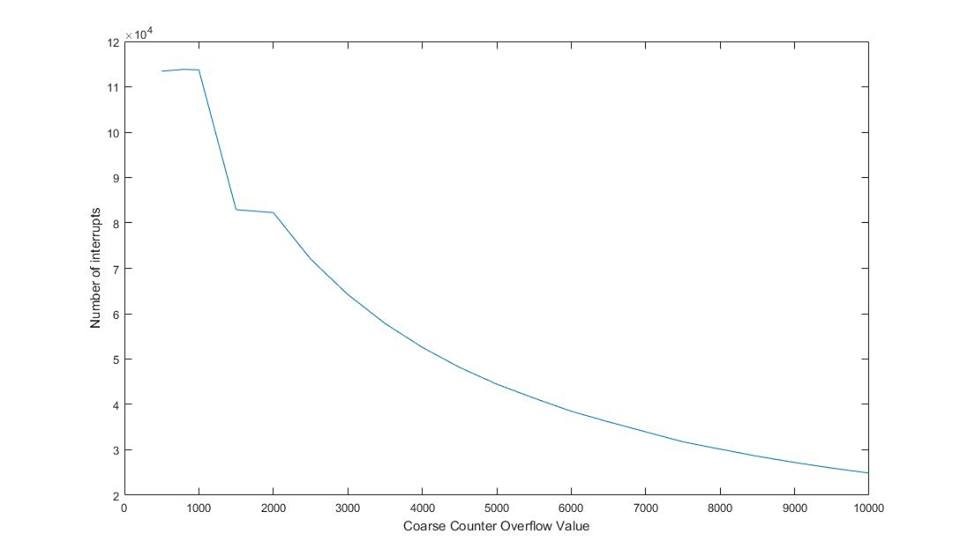What will be the peak frequency of valid start signal for TDC7200 under one start-one stop situation? I mean, if the TDC7200 works under 16MHz and the MUC can work under 25MHz, it still need some delay to process the data, thus, what will be the max frequency for a valid start input?
-
Ask a related question
What is a related question?A related question is a question created from another question. When the related question is created, it will be automatically linked to the original question.



